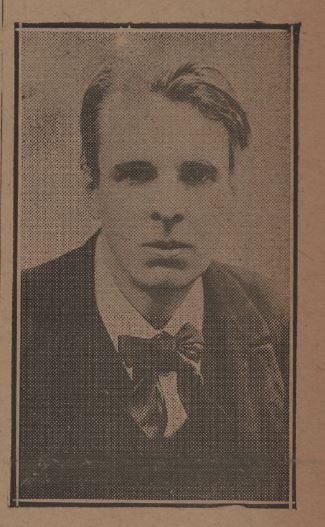Texas has changed quite a bit over the years, as is readily seen in our vast photograph collection. To help bring some of those changes to life, we’ve created a “Texas over Time” series of GIFs that will illustrate the construction and renovations of buildings, changing aerial views, and more. Our collections are especially strong on Waco and Baylor images, but look for some views beyond the Heart of Texas, too.
- The original mission was built in 1718 as a Spanish mission by Father Antonio de San Buenaventura y Olivares but was then leveled in 1724 by a hurricane. The mission was moved to the present site and rebuilt in 1744 but collapsed due to structural flaws in 1762. It was rebuilt using the same material but never completed.
- The building was supposed to have been three stories tall, with bell towers on each side, with a dome as a roof. The four arches to support the dome were completed, but later demolished to fortify for the battle. Protective walls were put around it in 1758 to ward off Native American violence. Secularized in 1793, it became known as simply Pueblo Valero.
- In 1803, a Spanish cavalry unit (the Second Company of San Carlos de Alamo de Parras) occupied the pueblo, from which the present-day name of “the Alamo” is derived.
- In 1836, the famous battle occurred, pitting Santa Anna’s 1,500 troops against the between 188-250 Texians in the Alamo. After Santa Anna ended up losing the war two months later, he ordered General Andrade to demolish the fort. He burned down the cannon ramp, long barracks, and most of the Galera.
- In the years between the fire and the US Army coming, locals would use bricks from the Alamo as building materials, when needed. The humped parapet that is so iconic today was added when the Army remodeled the Alamo for use as a local headquarters.
- When the Army abandoned the Alamo in 1878, it was given back to the Catholic Church. A businessman named Hugo Grenet almost immediately bought the restored long barrack building for $20,000, which he then converted into a store. The church building was given over to the State of Texas in 1883, who then transferred ownership to the City of San Antonio. The long barracks was sold to the Daughters of the Republic of Texas in 1905. The store that Hugo Grenet had built on top of the site of the old long barracks was demolished in 1911, and the original wall was restored. The Alamo is presently a museum administered by the Daughters of the Republic of Texas and the Texas General Land Office.
Thompson, Frank T. The Alamo: A Cultural History. Dallas, Tex.: Taylor Trade Pub., 2001. Print
Check out our Flickr set to see these and other images of the Alamo, which primarily came from our General-San Antonio-Alamo photo files. GIF and factoids by student archives assistant Braxton Ray.





















